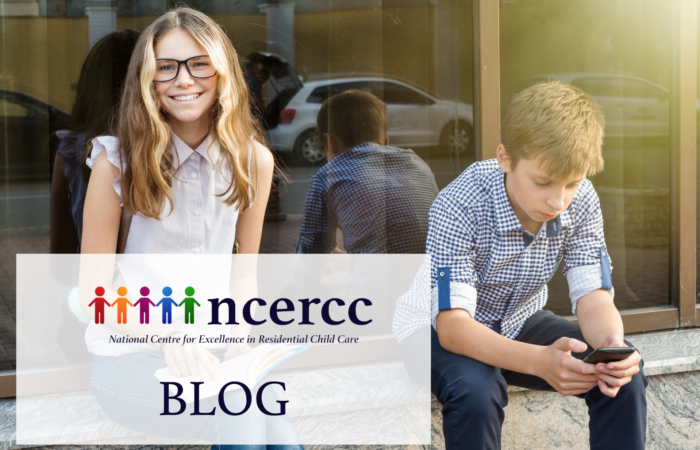
New Year Resolution #1 for RCC this new year 2025 – Empathy and Sympathy
Whenever speaking with, about, of, residential child care in 2025 the anticipatory and reciprocal resolution is to do so with empathy and sympathy.
This will make it a different and productive year than 2024.
Sympathy is more of an external expression of emotion, an acknowledgement. Sympathy is the ability to understand and acknowledge the feelings of another person, but without necessarily sharing those feelings.
Empathy is an internal emotional response. Empathy is the ability to understand and share the feelings of another person. It is the ability to put yourself in someone else’s shoes and see things from their perspective, to understand, feel, and respond to their experience.
In 2025 this means both those inside and outside being sympathetic and empathetic to the others situation, understanding what they say and do is a product of how they are experiencing their situation. The next step is to intentionally act on that understanding.
Caring for another and having a desire to help them requires the experiencing of emotions that match another person’s, discerning what another person is thinking or feeling. Recognising the difference between the self and the other. Recognising Difference rather than wiping it away is essential.
Empathy needs awareness and an active involvement with our own and others’ emotional, cognitive and social processes. It isn’t simple, the ability to imagine oneself as another person is a sophisticated process. Understanding the beliefs and desires that underpin behaviour are essential to empathy.
The practicality and productivity of sympathy
Anthony Costello, in his 2018 book The Social Edge, writes that social trust and the conditions that allow it to flourish are a neglected feature in studies of human progress. Small-scale “sympathy groups”, he suggests, through cooperating and organising together over shared concerns, can be the building blocks of collective wellbeing.
Communities who own things are more connected, they share responsibility for the most important assets.” The degradation of the public realm has been one of the most depressing features of the last decade and a half.
He explains a simple exercise..
A group is divided in two to represent both sides of an argument. Let’s call them providers and commissioners They study sources that will support their view and debate with each other.
Then, they switch positions and see all the information their opponents had access to, and debate again from their new perspective.
The moment comes when those who have probably been arguing with the position they might naturally feel to start with, start then engaging with the other position.
This tiny leap of empathy is a massive step because it’s the realisation that “Whilst not agreeing I see why you think what you think.”
The practicality and productivity of empathy
A person exhibits empathy when they communicate an accurate recognition of the significance of another person’s ongoing intentional actions, associated emotional states, and personal characteristics in a manner that seems accurate and tolerable to the recognized person.
This is not tactical (or strategic) empathy: the deliberate use of perspective-taking to achieve certain desired ends. This sort of leveraging characterised perspectives of and about and from RCC in 2024.
Perhaps we might spend time in 2025 developing 2 important aspects of empathy. This will change the way we approach discussions and development regarding instrumentality of administration and finance.
- Behavioural empathy – how one chooses to respond to feelings of empathy.
- Social empathy – how an empathetic person integrates their understanding of broader social dynamics into their empathetic modeling.
NCERCC will writing more on these concepts over the next few weeks, advocating for their inclusion in commissioning vocabulary, curriculum. and activity.
When there’s a contested view try listening to Respect. Otis Redding.


